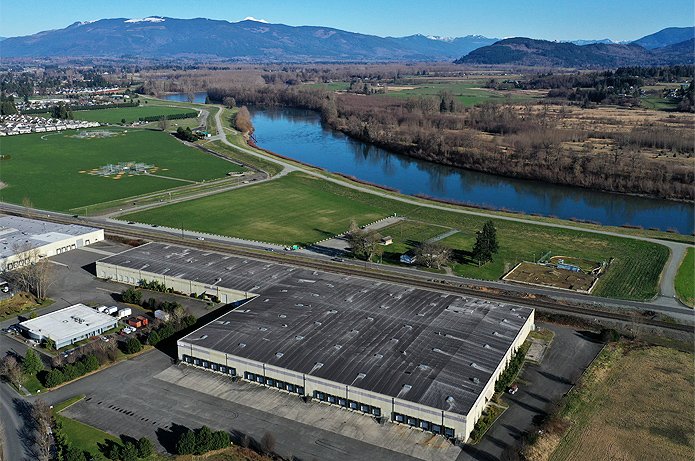How solar companies can use 3D motion animation in training, field work and much more
Digital tools like 3D motion animation are bringing greater effectiveness to solar and storage education, training, and marketing, says Ryan Mayfield, the founder of Mayfield Renewables, and host of the latest episode of the Dispatches from the Energy Transition webinar series.
“Dispatches is focused on energy transitions. As we have moved to distributed generation it’s been kind of fast and furious with new technologies, new software, new hardware, and how they all come together,” Mayfield explains. “The industry is constantly evolving. Codes and standards are constantly evolving. So, there’s always a learning aspect of it and it’s just non-stop,” he says.
To help make sense of this nexus of new technology, standards and codes, regulations by authorities having jurisdiction (AHJs), education, training, installation and O&M, Mayfield has teamed up with Cross Consulting Services and Outfit to create visual stories that illustrate volumes of printed words.
“Digital content is a tool to help people understand the how’s and why’s of something technical and to feed comfortable and confident with that understanding,” explains Mayfield.
The webinar participants stressed the value of digital learning as a means of consuming information at different rates of speed and locations, of reviewing specific areas of information that has not yet been fully understood, and of using the information in later business activities.
“In the industry these days, a lot of things are remote, and so we’re able to do that [use digital learning] and pretty effectively, be able to meet people where they’re at,” says Mayfield.
Using digital content throughout the solar business cycle
In Episode 5 of Dispatches, Mayfield and a panel of three other experts in the field consider the way that the same animation content can be used in different stages of a renewable company’s product or project, ranging from:
- conceptual design
- engineering
- manufacturing
- education
- training
- safety
- work in the field
- marketing
“It’s easier to show the value proposition than to talk about it,” reckons Robert Cross, the principal of Cross Consulting, and co-host of the webinar episode.
The digital learning process is also being used by the solar industry to help educate communities, first responders, AHJ officials and others potentially impacted by a solar and storage project, notes the episode co-host, Lucas Miller, a senior engineering consultant for Mayfield.
“We’re oftentimes hearing from developers, manufacturers and teams of their staff, that they are more and more responsible for educating their clients and communities these days,” says Miller. “We’ve seen quite a bit of that in the past year or so,” he adds.
“We’re giving them tools to go into these communities and really approach people and tell them, ‘Here’s how this works, here’s why it’s safe, and here’s how we’re working with first responders to make sure that you know this isn’t posing a risk or a hazard to your community,’” Miller explains.
Digital content also can be key in dispelling misperceptions based on a lack of understanding in the community. “We have seen some industry failures, so we are making sure that people understand what the real risks are, and as an industry that we’re not just trying to sweep things under the rug,” notes Cross. “We’re also not letting people say things that are blatantly false or inaccurate, because that’s pretty easy to do anymore: just to grab a headline and put that in front of your county council, or whatever it is, without having all the facts,” he explains.
Examples of solar project 3D animation from the presentation :
Software for motion animation
A key feature of this digital content is that it can be used in the classroom, on a smartphone in the field, at a conference or trade show, and in the community beyond, noted Brendan Brown, an interdisciplinary designer at Outfit, the cleantech marketing agency, another participant in the webinar.
An example using 3D tools to augment training for field technicians is seen in this Insulation Resistance Testing for PV Systems online course. Hear an explanation of that online course right here:
The digital content also serves the purpose of a paper trail or living document as different groups of individuals consider the content message at different times in different places as a project develops, Brown noted.
Animated digital content may originate with a basic conceptual or engineering CAD file that is then moved into 3D with motion animation software, like that available from Adobe or Autodesk, including game software engines like Arnold, from Autodesk, explains Brown.
The complexity levels of the animated content can be additive, beginning with product renderings, to built array views, to landscape views, to plant, animal and people views, while the viewer perspective can shift from a single point of reference to a drone view.
“Arnold is an advanced Monte Carlo ray tracing renderer used to render realistic 3D characters, photorealistic designs, and complex scenes for film and TV, games and design visualization projects,” the company notes.
Solar industry awareness of digital content value
Evidence of the growing industry perception of the potential value of animation content was Mayfield’s recent first national conference in Austin, where some 200 industry players assembled, pointed out Miller.
The inaugural Education Summit took place in Austin on October 3rd, drawing on education and technical training partners, including the University of Texas at Austin Energy Institute, NABCEP, Heatspring, Solar Energy International, Hammond, Megger, CleanTX, Outfit, Xendee, AVO Training Institute, and others.





Comments are closed here.